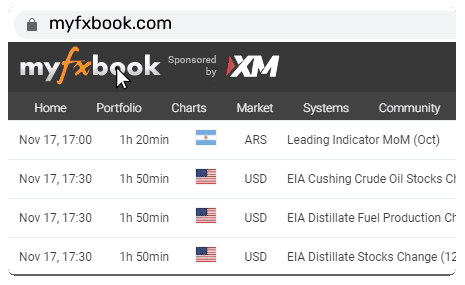Gold in Uncertain Times: When to Act and When to Wait, According to EBC

As investors worldwide grapple with the changing economic landscape, EBC is committing our efforts to help market participants understand how to position themselves amid uncertainty. During a recent feature interview broadcast on China Central Television (CCTV), David Barrett, CEO of EBC Financial Group (UK) Ltd, joined leaders from Goldman Sachs, JPMorgan, and Citigroup to explore the shifts reshaping global markets — and the strategic role gold plays in today’s portfolios.
Barrett’s message to investors was clear: navigating 2025 requires more than just reacting to headlines. It demands discipline, liquidity, and a deep understanding of market timing.
A Golden Peak, Then a Pullback
The beginning of 2025 saw gold rise sharply, climbing over 25 percent year-to-date and briefly surpassing $3,500 per ounce. While equities moved modestly and oil declined, gold’s strength reflected persistent demand for safety. But the rally did not last. By May, gold had retreated more than 5 percent. This reversal was largely attributed to calming trade tensions and a significant drop in the US Consumer Price Index (CPI), which fell to 2.3 percent in April. The easing inflationary outlook dulled gold’s shine as an immediate hedge.
“People should be conservative with their leverage and their exposure,” Barrett cautioned. “Keep your powder dry so you can react to these ever-changing news cycles. It gives you the opportunity to exploit moves when they come along.”
Beyond the Charts: Structural Risks Remain
For EBC, short-term movements in gold are only part of the picture. Barrett pointed to deeper, structural concerns, including mounting pressure in the sovereign debt markets. Moody’s downgrade of the US sovereign credit rating from Aaa to Aa1 on 17 May 2025 stripped the country of its final top-tier rating. At the same time, low demand for long-term US and Japanese bonds has sent yields soaring to multi-year highs.
“This isn’t about risk aversion — it’s about intelligent positioning,” Barrett said. “Gold is not just a safe haven — it’s a barometer for uncertainty.”
Forecasts Split, Strategies Evolve
As the global financial system adjusts, institutions are divided on gold’s direction. Goldman Sachs projects gold could reach $3,700 by the end of the year. JPMorgan goes further, forecasting $4,000 per ounce by the second quarter of 2026. Meanwhile, Citigroup sees headwinds forming, warning that weakening retail demand may pressure prices beyond 2026.
Rather than choosing sides, Barrett encouraged a more agile strategy. He acknowledged the divergence in views and emphasised the importance of staying responsive.
“We remain committed to helping our clients build resilient, forward-looking portfolios. That means understanding when to act, and when to step back,” Barrett said.
Patience Over Prediction
For traders and investors navigating 2025, the gold market is a reminder that trends can shift quickly. EBC is committing our efforts to help clients identify when the risks are worth taking — and when it is wiser to hold back.
This philosophy combines flexibility with informed judgment. Gold may not move in a straight line, but for those who know when to step in and when to step away, it remains a vital part of a balanced, intelligent strategy.
Disclaimer: This material is for general information purposes only and is not intended as (and should not be considered to be) financial, investment or other advice on which reliance should be placed. No opinion given in the material constitutes a recommendation by EBC or the author that any particular investment, security, transaction or investment strategy is suitable for any specific person.





















